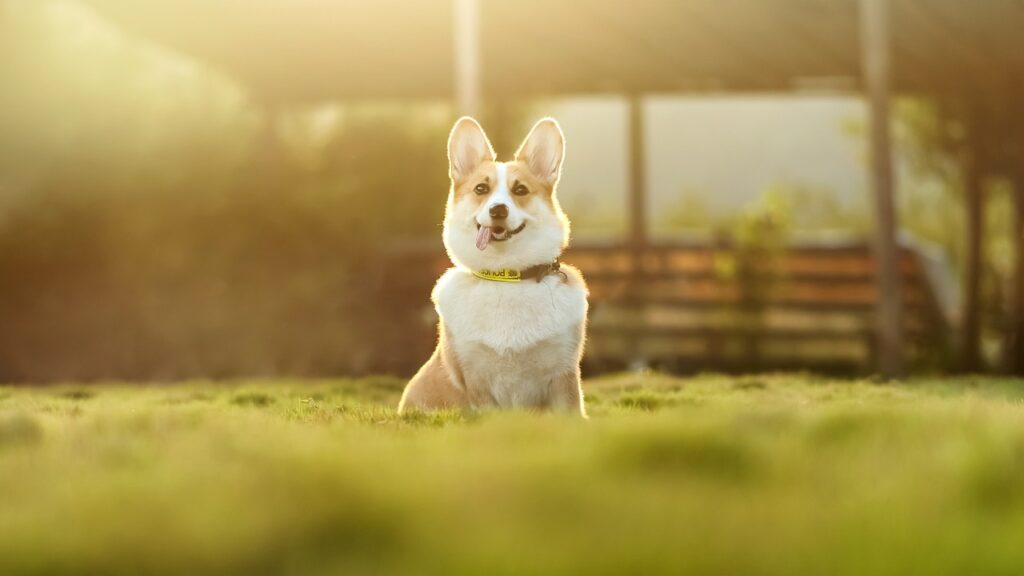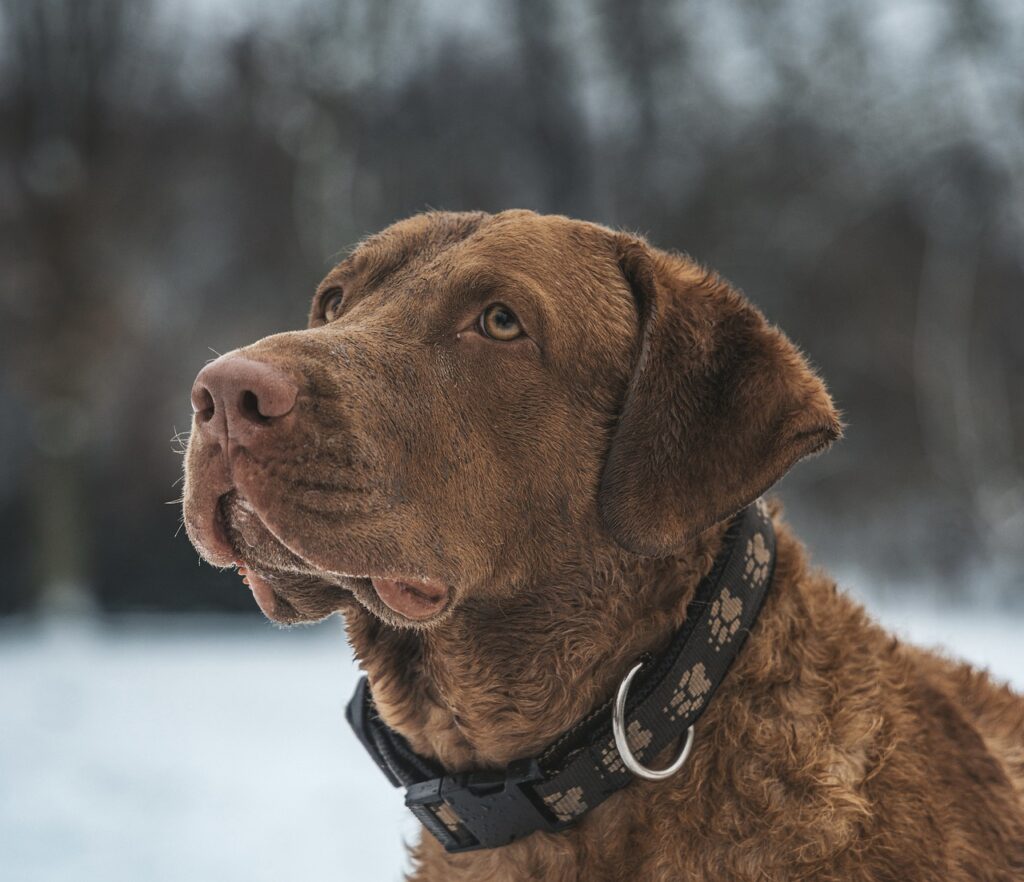Can Dogs Eat Leaves? – No, They can’t
Generally speaking, it’s a No when it comes to dogs eating leaves. While a little nibble here and there may not cause harm, leaves are not a normal part of a dog’s diet and can sometimes be toxic or lead to gastrointestinal upset. Leaves may also be treated with herbicides or pesticides that pose a risk to your dog’s health. It’s essential to ensure your dog doesn’t make a habit of eating leaves, especially because they can’t tell good from bad.
Can Puppies Eat Leaves?
No, puppies should not eat leaves. Their digestive systems are more sensitive than those of adult dogs, so they’re more likely to experience stomach upset. Some leaves and plants are toxic to dogs and can be more dangerous for a curious puppy who is more inclined to eat things they shouldn’t.
Things to consider when feeding leaves to puppies?
Since you should avoid allowing puppies to eat leaves entirely, some things to keep in mind include the potential for choking hazards, the risk of pesticides, and the fact that toxic plants could cause harm. If your puppy does ingest leaves, keep a close eye on them for any signs of distress and contact your vet if you are concerned.
Nutritional Benefits of Leaves for Dogs – Why Dogs can have Leaves
There are no significant nutritional benefits
Most leaves do not provide any notable nutritional benefit to dogs. Dogs have specific dietary needs that are best met with high-quality dog food formulated for their life stage and health status. While some vegetables can be healthy for dogs in moderation, leaves generally are not part of this category.
Potential Allergies: Can Dogs Be Allergic to Leaves?
Like humans, dogs can potentially be allergic to just about anything, including certain types of leaves or plants. Yet, plant allergies tend to be less common.
Symptoms of Leaves Allergies in Dogs
- Scratching or licking: A short description about symptoms and how to look for them includes your dog excessively scratching or licking its paws or body after contact with leaves.
- Swelling: Swelling, particularly around the face or paws, could be another sign of a reaction.
- Respiratory distress: If your dog is sneezing, coughing, or displaying other respiratory difficulties, it could be an allergic reaction to pollen on the leaves or the leaves themselves.
What to Do If Your Dog Shows Symptoms?
- Immediate vet contact: Bring your dog to the vet as soon as possible if they have a severe reaction like swelling or difficulty breathing.
- Prevention: It’s best to keep tabs on your pet outdoors and discourage them from chewing on unfamiliar plants or leaves.
- Medication: After consulting with your vet, they may recommend medication to help with mild allergic reactions.
Recommended Amount: How Much Leaves Can a Dog Consume?
No amount of leaf eating is recommended for dogs. Eating leaves can be entirely accidental or out of curiosity, but it should not be encouraged or considered a part of their diet.
Things to Consider When Feeding Leaves to Dogs
While feeding leaves to dogs is not a practice to encourage, it’s important to know that consumption of certain types may lead to gastrointestinal blockage or toxicity. Always supervise your dog outdoors and deter them from snacking on foliage.
How to Feed Leaves to Dogs: A Quick Guide
This section doesn’t apply due to the clear recommendation that leaves should not be fed to dogs. Therefore, no recipes or guides for feeding leaves are provided for the safety and health of your pet.
Conclusion
In conclusion, while a dog might occasionally grab a leaf and chew on it, it’s not a good idea to let them. Leaves can be harmful, offer no nutritional benefit, and pose a risk of choking or exposure to toxins. To keep your dog healthy and safe, stick to approved dog foods and treats, and keep a watchful eye on them while they are enjoying the outdoors.



